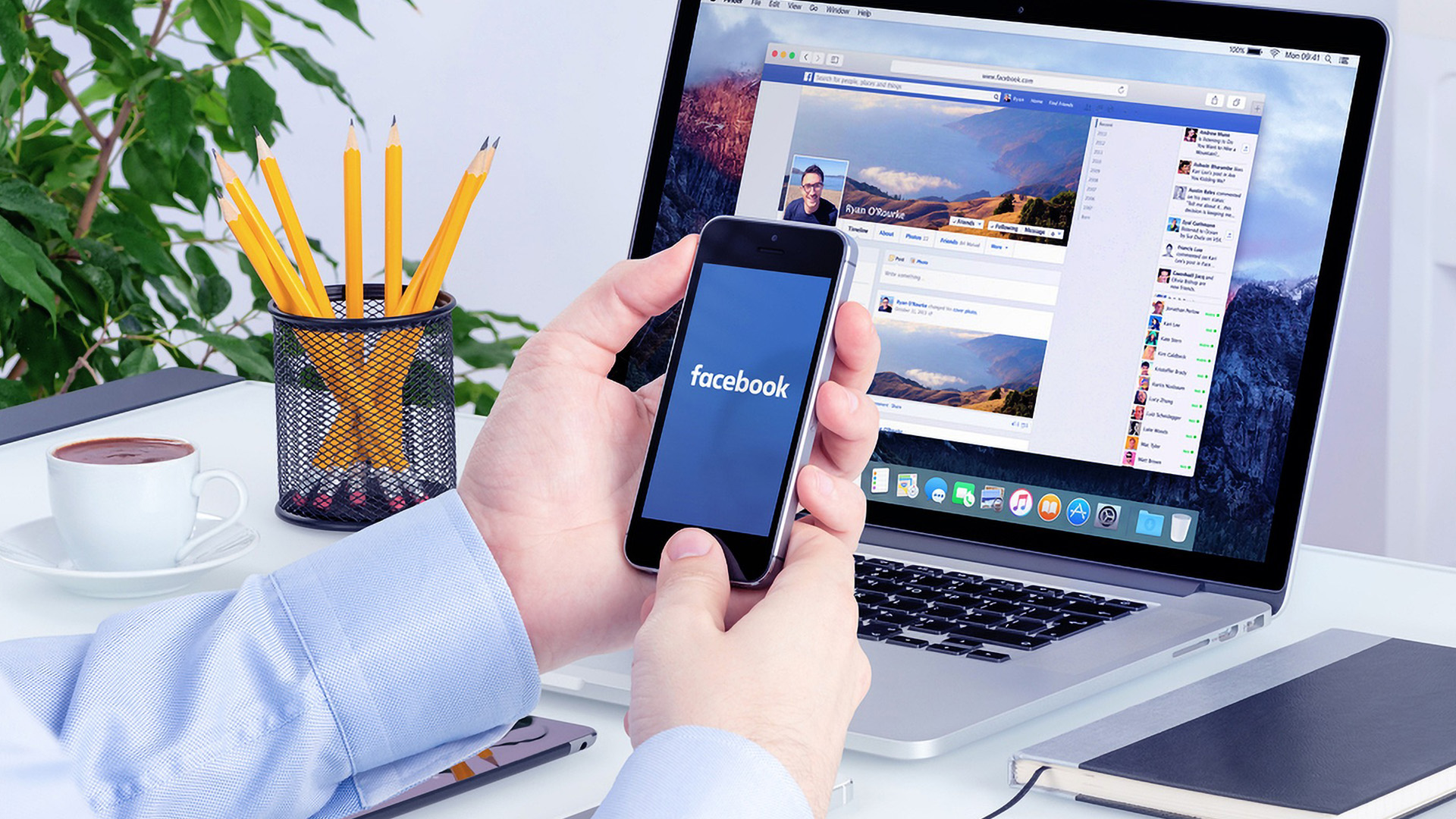Running Facebook ads looks easy from the outside. You pick a picture, write a few words, set a budget, and press publish. But once you’re in the dashboard, it hits you there’s more to it than it seems.
That’s exactly where I was a few years ago. I thought I could just boost a post and see results overnight. Instead, I burned money fast. The truth is, Facebook ads require more than guesswork. You need structure, clear thinking, and small tweaks that stack up.
Before You Spend a Dollar
No one should rush into Facebook ads without a plan. You could spend a hundred bucks and get nothing back if you’re not careful.
If you’re working with limited access or don’t have your own setup yet, some marketers use a facebook agency ad account rent service to launch campaigns quickly without setting up their own infrastructure. This can help small teams or freelancers get started faster while they figure out long-term strategy.
Clear Goals Make Everything Easier
Facebook gives you options like awareness, traffic, engagement, leads, and sales. Each one has different tools and results.
If you want people to visit your site, choose traffic. If you want people to buy something, go for conversions. Picking the wrong one sends your money in the wrong direction. That’s why this step matters most.
Budget Control Starts With Small Tests
I always test with a small budget. Spending big without proof is risky. Start small. Watch how your ad performs.
Facebook learns from your first results. If people click, it keeps showing the ad. If no one clicks, it slows down. This learning phase tells you whether to scale or pause. That’s where most advertisers mess up; they skip testing.
Targeting Matters More Than You Think
One of the biggest reasons ads fail is weak targeting. You need to show your ad to people who actually care.
Instead of picking random interests, go deeper. Think about what your buyer does every day. What pages do they follow? What problems do they face? That insight helps build stronger targeting.
Setting Up the Campaign the Right Way

Once your goal is clear, and you’ve thought through your audience, it’s time to create the campaign. This is where structure and naming help.
Naming Isn’t Just for Looks
When I first started, I’d name everything “Campaign 1” or “Test Ad.” It became a mess fast. Now I use clear names that show the objective, audience, and date.
It might sound boring, but it helps you keep track. If you run five ads at once, you’ll thank yourself for the clarity.
The Ad Set Level is Where the Magic Happens
Inside your campaign, you set your budget and audience at the “Ad Set” level. This is where things get technical but also fun.
You choose your audience, location, age, device, and platform here. I usually test two or three ad sets with different targeting so I can compare. If one does better, I turn off the rest and scale that one.
Choosing Placements Wisely
Facebook pushes “Automatic Placements,” but I don’t always trust it. That setting throws your ad on Messenger, Instagram, and other places without checking what fits best.
For most cases, I stick to the feed and stories. Those placements get real attention. You can always expand later once you know what’s working.
Crafting the Ad Itself
This is the part people focus on the most. The image, headline, and call-to-action get all the credit. But they only shine when your setup is solid.
Images That Stop the Scroll
Your ad image has one job: grab attention. That’s it. I try to use bright colors, faces, or movement to make someone pause while scrolling.
Text-heavy images often fail. Facebook penalizes them and users skip past. Use clean, simple visuals with one message. If it takes more than a second to understand, it’s probably too much.
Writing Copy That Feels Human
Forget buzzwords and fake urgency. I write my copy like I’m texting a friend. I get straight to the point, say why it matters, and invite them to act.
Short sentences. Strong verbs. Real words. You’ll be surprised how many people respond when you sound real.
Choosing the Right CTA
A good call-to-action doesn’t shout. It guides. I use things like “Get Yours Today” or “See How It Works.” Avoid stuff like “Click Now!” unless you want to sound spammy.
The right CTA matches your goal. If it’s for lead generation, try “Sign Up.” If it’s about sales, go with “Shop Now.”
What Happens After Publishing

You hit publish, and now your ad is live. But your job isn’t done. You have to track, measure, and adjust. This is where most of the real results come from.
Understanding Metrics Without Guessing
Facebook gives you dozens of numbers. But only a few matter. I look at click-through rate (CTR), cost per result, and return on ad spend (ROAS).
If CTR is low, the ad isn’t interesting. If the cost per result is high, the targeting is off. If ROAS is low, something in the funnel needs fixing. Break it down. Don’t guess.
Testing New Ideas Without Starting Over
You don’t have to rebuild everything to make changes. You can duplicate the ad, tweak the image or copy, and see if it improves.
That’s what I do every week. One small change can double your results. Most people keep their ad running too long without updates. Facebook rewards fresh content.
Watch Out for Ad Fatigue
If people keep seeing the same ad, they stop caring. You’ll see your costs rise and results drop. That’s called ad fatigue.
The fix is simply to change your image, rewrite your copy, or switch your audience. Don’t keep feeding the same thing to people expecting better results.
Using Facebook Agency Ad Accounts
For businesses running multiple client ads, Facebook agency ad accounts can help keep things organized and reduce billing issues. These accounts let agencies manage pages, campaigns, and permissions in one place.
They also make collaboration easier, especially if you’re working with multiple brands. You can separate billing, assign roles, and track performance without mixing anything up.
Reddit’s Most Useful Tips
Some of the best advice I’ve picked up came from Reddit. People there don’t sugarcoat stuff. One Redditor said they spent $500 with zero sales then realized they didn’t have a landing page.
Another said they improved ROAS just by switching their audience from broad interests to engaged page followers. These real-world tips work because they’re tested by people actually spending money, not just writing guides.
FAQ
How much should I spend on my first Facebook ad?
Start with $5–$10 per day and test different setups before scaling your budget.
Do boosted posts work like real Facebook ads?
Not really. Boosting gives less control. Running ads through Ads Manager gives better results.
Can I run ads without a Facebook Page?
No, you need a Page to create and publish ads on Facebook.
What’s a good click-through rate?
Anything above 1% is usually decent. But it depends on your niche and audience.
Why is my ad not delivering?
It could be due to a small audience, rejected content, or high competition in your ad category.
Final Words
Running Facebook ads isn’t just about launching something and hoping for the best. You need to build each part with intention, from the goal to the creative to the targeting.
The steps aren’t hard, but they do require care. The people who win with Facebook ads are the ones who test often, watch their results, and keep improving. That can be you. Start small, stay sharp, and grow from there.
More iDevice Central Guides
- iOS 17 Jailbreak RELEASED! How to Jailbreak iOS 17 with PaleRa1n
- How to Jailbreak iOS 18.0 – iOS 18.2.1 / iOS 18.3 With Tweaks
- Download iRemovalRa1n Jailbreak (CheckRa1n for Windows)
- Dopamine Jailbreak (Fugu15 Max) Release Is Coming Soon for iOS 15.0 – 15.4.1 A12+
- Cowabunga Lite For iOS 16.2 – 16.4 Released in Beta! Install Tweaks and Themes Without Jailbreak
- Fugu15 Max Jailbreak: All Confirmed Working Rootless Tweaks List
- iOS 14.0 – 16.1.2 – All MacDirtyCow Tools IPAs
- iOS Jailbreak Tools for All iOS Versions
